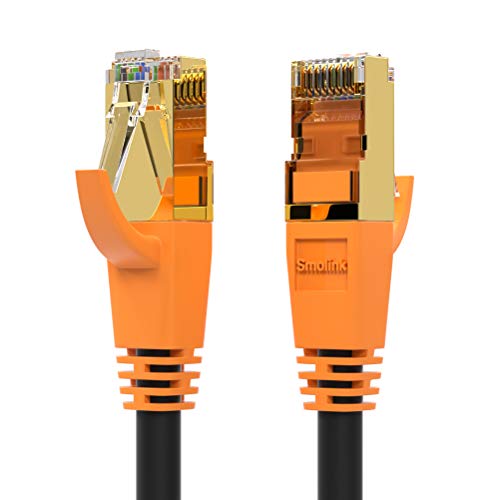VGA Cables
VGA cables, short for Video Graphics Array cables, are used to connect computer monitors, projectors, and other display devices to a computer or video source. They transmit analog video signals from the source device to the display device.
VGA cables typically have a 15-pin connector with three rows of five pins each, known as a DE-15 connector or VGA connector, on both ends. The connector is often blue in color for easy identification.
One end of the VGA cable connects to the VGA output port on the computer or video source, while the other end connects to the VGA input port on the display device. The cable carries the video signal from the source to the display, allowing for the visualization of images and videos.
VGA cables support various video resolutions, including standard definition (SD) resolutions such as 640×480 pixels and higher resolutions such as 800×600, 1024×768, and 1280×1024 pixels. The actual resolution supported depends on the capabilities of the connected devices.
VGA cables transmit analog signals, which can be susceptible to interference and signal degradation over longer cable runs. It’s important to keep the cable length within recommended limits to maintain signal quality. For longer distances or higher resolutions, signal boosters or video signal converters may be required.
It’s worth noting that VGA is an older video interface technology and has been largely replaced by digital interfaces such as HDMI, DisplayPort, and DVI (Digital Visual Interface) in newer computer systems and display devices. These digital interfaces offer better image quality, higher resolutions, and additional features like audio transmission.
However, VGA cables are still used in certain scenarios where compatibility with older equipment or legacy systems is necessary. In such cases, VGA cables provide a cost-effective and widely supported option for video connectivity.
When using VGA cables, it’s important to ensure proper alignment and secure connections to both the source device and the display device. Additionally, VGA cables are solely for video transmission and do not carry audio signals. For audio transmission, a separate audio cable or alternative connection method may be required.
Showing 1–12 of 51 results
DTech 15 Feet SVGA VGA Computer Monitor Cable Male to Male Cord 1080p High Resolution (5 Meter, Black)
Cables & Accessories $16.88DTech 3m Ultra Slim Flat Computer Monitor VGA Cable 10 Feet 15 Pin Male to Male Connector Wire – Blue
Cables & Accessories $8.88DTech 50 Feet VGA Monitor Cable Male to Male Cord 1080p High Resolution (15m)
Cables & Accessories $30.88















